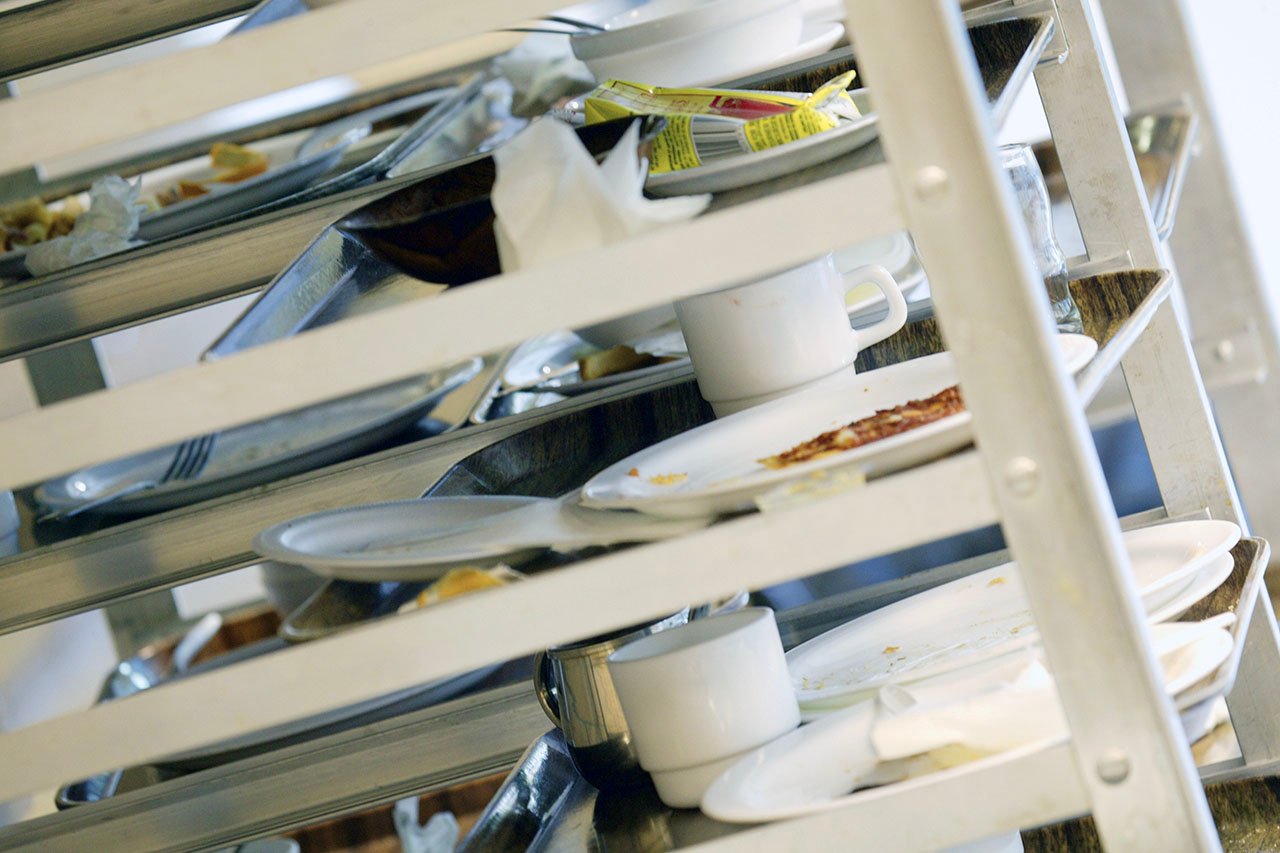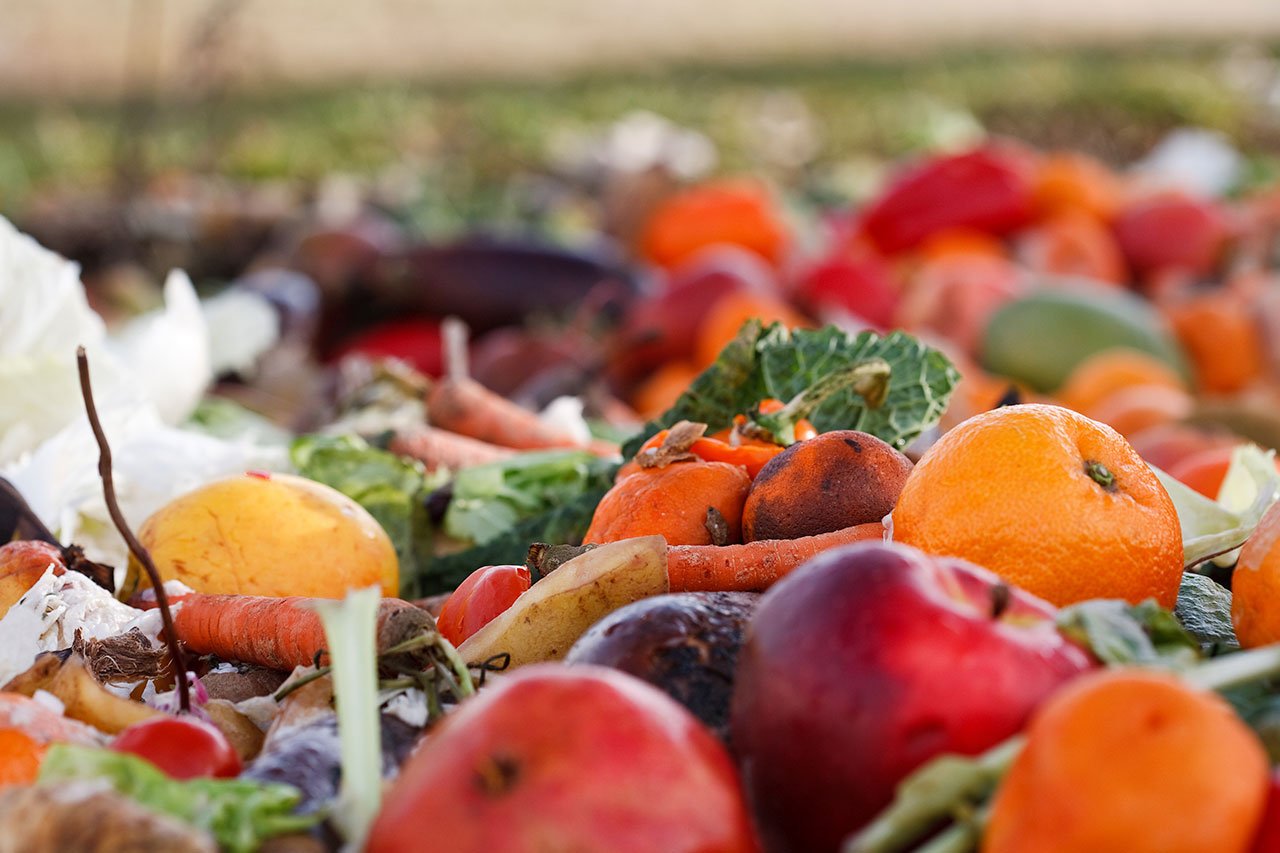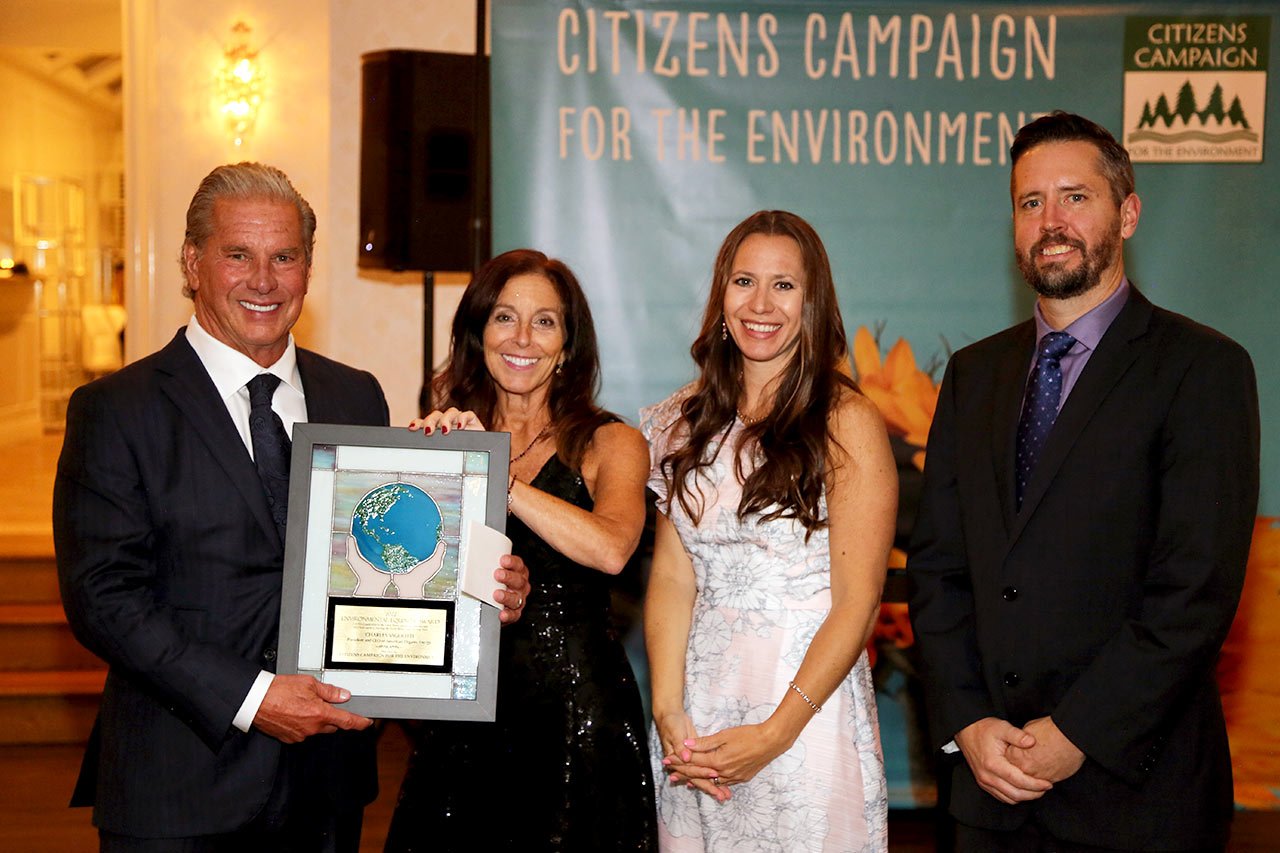With in-person school kicking into full swing, a common problem has reemerged: cafeteria food waste. Whether students bring their own meals or rely on school lunches, the sad fact remains that a significant amount of food ends up in the trash every day. Tackling food waste head on can reduce your school’s impact on the environment, ensure students are well fed, and provide a valuable learning experience.
Conduct a Food Waste Audit
The Environmental Protection Agency (EPA) provides detailed guidance for conducting a school food waste audit. The process involves collecting discarded food in organized categories and weighing it for a clearer picture of what menu items are going to waste—and what could potentially be donated. Incorporating an interview component also adds insight into why students aren’t finishing certain dishes so that schools can adjust accordingly.
Assess the Schedule
While schools often design their daily schedules focused on efficiency above all else, this may not be ideal for promoting healthy eating. Short lunch periods (less than 20 minutes to eat) may be linked with increased food waste and reduced consumption of entrees, vegetables, and milk.
Additionally, offering recess before lunch for first- through sixth-grade students may significantly increase their consumption of fruits and vegetables, thereby cutting waste and providing them with vital nutrients.
Analyze the School Menu
The National School Lunch Program and School Breakfast Program implements nutritional standards that schools must follow, but there’s some room for creativity within these guidelines. A menu rich in nutrients is meaningless if students won’t actually eat it. Data collected from a food waste audit can help inform decisions on which menu items should be nixed and which reworked. In some cases, simply renaming dishes may be effective.
If a large population of students brings lunch from home, it may be worth sharing information on how parents can help reduce food waste. Not only can this help keep food out of the trash, but can also help families save money.
Involve the Students
Students can participate in virtually every aspect of reducing cafeteria food waste. From conducting the audit to assessing the menu, involving students can make them more invested in reducing waste, while also providing a valuable learning opportunity.
Efforts to reduce food waste can be a valuable curriculum component, providing real-world insight into the application of both science and math principles. The tasks students can perform vary based on grade level, but any age group from kindergarten through college could participate, in some context.
Use Excess
In some instances, uneaten food can be used instead of tossed. So-called “share tables” enable students to offer their uneaten packaged food and whole fruit to others still hungry. These may be served at a later date, donated, or made available to other students, at no cost. Check with your local health department for specifics on how to gather this food safely.
Additionally, some districts (such as the Los Angeles Unified School District) have found success donating unused prepared food that hasn’t been served to students, thereby feeding populations in need rather than filling the dumpster.
Monitor & Share Progress
As you implement changes, intermittently reassess the volume of food waste your school produces. This can confirm whether your initiatives are working, and also provide a valuable motivator for students.
Separate & Compost or Recycle Food Waste
Even with robust systems in place to limit food waste, some partially eaten dishes will inevitably end up discarded. To minimize their impact on the environment, maintain separate bins for food waste, then compost or recycle these items. On a global scale, the decomposition of food waste in landfills contributes to greenhouse gases and climate change. Processing discarded food instead of leaving it to rot can enrich the soil and reduce methane emissions.
While reducing food waste should always be the first option, American Organic Energy is developing a large-scale anaerobic digester to lessen the environmental impact of uneaten food. This sophisticated facility is expected to process 180,000 tons of food waste from the New York metropolitan area each year, transforming it into usable energy, water, and compost. Contact us today to learn more.








